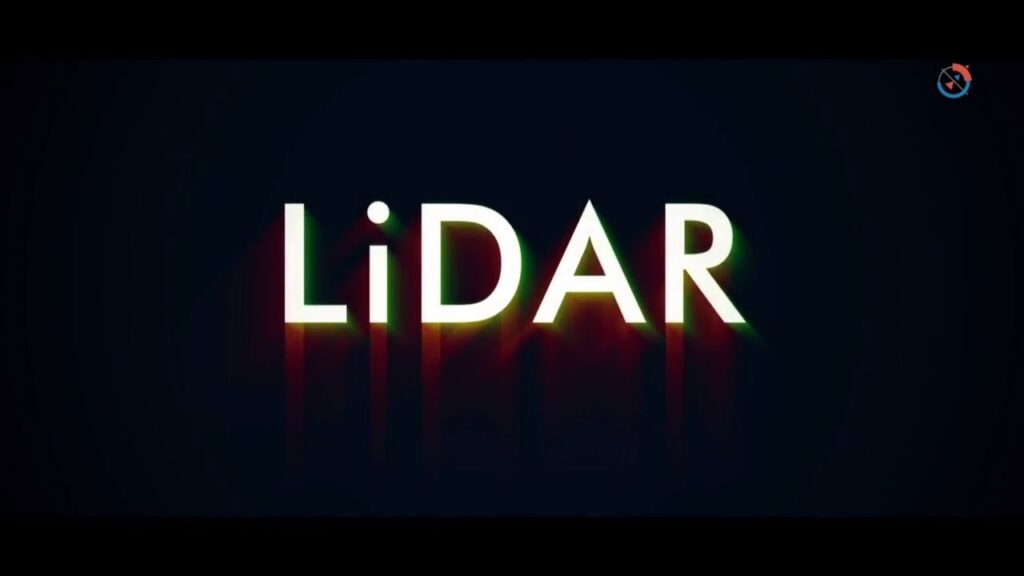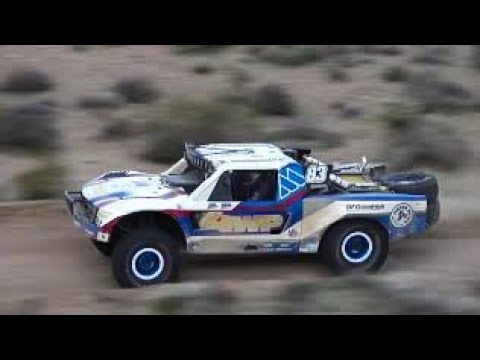The Revolution of Aerial Mapping: Helicopters and LiDAR Technology
The Emergence of LiDAR in Aerial Surveys
In recent years, Light Detection and Ranging (LiDAR) technology has fundamentally transformed how we conduct aerial mapping and surveys. By using rapid laser pulses to create highly detailed three-dimensional information about the shape and surface characteristics of the Earth, LiDAR presents a significant leap over traditional photographic survey methods.
Helicopters: The Ideal Platform for LiDAR
Helicopters have emerged as the perfect vehicle for deploying LiDAR technology, particularly in topographically complex regions like Mexico’s mountainous landscapes and dense forests. The maneuverability of helicopters allows them to hover and fly at low altitudes, capturing data in areas that are otherwise inaccessible. This capability not only improves data accuracy but also increases the safety of the operation.
The Benefits of Helicopter-Mounted LiDAR
The integration of LiDAR systems on helicopters provides a myriad of benefits, such as the ability to cover large areas quickly and to reach challenging locations without the need for ground-based survey teams. This rapid deployment translates into cost savings and reduces the time needed to carry out extensive surveying projects. It is especially useful for monitoring natural disaster sites, planning infrastructure, and managing natural resources.
Enhanced Data Accuracy and Resolution
Utilizing LiDAR technology affixed to helicopters enhances data resolution significantly. The resulting high-resolution maps are able to reveal fine details such as utility lines, pipeline corridors, and vegetation patterns. This degree of detail is critical for precise planning and can aid in the analysis of environmental concerns, urban development, and historical site preservation.
The Future of Helicopter LiDAR in Mexico
As Mexico continues to develop and face environmental challenges, the role of helicopter-borne LiDAR will only grow in importance. The technology’s application in areas such as flood risk assessment, archaeological exploration, and forest management showcases its adaptability and efficiency. The future points towards even more sophisticated LiDAR sensors, and helicopters will remain at the forefront of this technologically driven revolution in aerial mapping.
Enhancing Accuracy in Topography: Mexico’s Adoption of Helicopter-Mounted LiDAR
The evolution of topographic surveying has reached new heights with Mexico’s strategic move to implement helicopter-mounted Light Detection and Ranging (LiDAR) technology. This advanced form of aerial surveying has transformed the way geospatial data is collected across the diverse Mexican terrain, offering unprecedented accuracy and detail. Helicopter-mounted LiDAR systems provide a bevy of advantages over traditional ground survey methods, especially in regions with dense vegetation or rugged topography that are difficult or dangerous to access on foot.
LiDAR technology utilizes pulsating laser beams to map out the Earth’s surface. When mounted on helicopters, these systems can cover vast areas rapidly, capturing millions of data points that create highly precise three-dimensional images of the ground below. The detail of the data collected by LiDAR is so nuanced that it can uncover topographical features obscured by the thick canopy of Mexico’s jungles or the harsh landscapes of its deserts, ensuring no detail is missed.
The application of helicopter-mounted LiDAR in Mexico is delivering significant improvements in various sectors such as urban planning, disaster management, and environmental conservation. Urban planners, for example, are leveraging the detailed topographical data to design infrastructure adapted to the intricate landforms unique to Mexico. In the field of disaster management, LiDAR’s high-resolution images help in planning evacuation routes and disaster relief strategies, enabling authorities to act quickly and effectively in the face of natural calamities such as earthquakes or hurricanes.
In terms of environmental stewardship, the precise data from LiDAR technology allows researchers to monitor changes in landforms, track deforestation rates, and manage natural resources more sustainably. By understanding the changes in the environment with such accuracy, Mexico is better positioned to implement protective measures for its varied ecosystems and ensure that development projects do not come at the expense of environmental conservation.
The adoption of helicopter-mounted LiDAR across Mexico also facilitates the preservation of historical sites. Detailed topographic maps generated by LiDAR can uncover hidden archaeological features without the need for invasive excavation methods. This non-intrusive approach to discovering and preserving Mexico’s rich cultural heritage underscores the multifaceted value of LiDAR technology in the advancement of both science and society.
Streamlining Geographic Surveys with Helicopters for Laser Mapping in Mexico
Helicopters equipped with cutting-edge laser mapping technology, such as LiDAR (Light Detection and Ranging), are revolutionizing the realm of geographic surveys in Mexico. By providing a birds-eye view, helicopters can swiftly gather topographic data across varied and oftentimes difficult-to-access terrains. The comprehensive data captured is highly accurate and detailed, making it indispensable for sectors such as urban planning, forestry management, and disaster risk assessment.
The utilization of helicopters for laser mapping in Mexico offers numerous advantages over traditional survey methods. For one, the speed and efficiency of data collection are unparalleled. Helicopters can cover large expanses of land quickly, reducing the time required for extensive fieldwork. Furthermore, the agility of helicopters allows surveyors to maneuver over challenging landscapes such as dense forests, mountain ranges, and coastal areas, thus negating the limitations faced by ground-based survey teams.
Moreover, the integration of LiDAR technology with helicopters has significantly enhanced the quality of geospatial data in Mexico. This synergy allows for the generation of high-resolution 3D models of the earth’s surface, including vegetation, buildings, and other structures. Accurate elevation data obtained through helicopter laser mapping is crucial for public works projects, resource management, and in the prevention and mitigation of natural hazards, showcasing how aerial surveys are an essential component of Mexico’s approach to environmental stewardship and land use planning.
Pioneering Precision in Cartography: The Role of Helicopters in LiDAR Mapping Tech
The advent of Light Detection and Ranging (LiDAR) technology has revolutionized the field of cartography, offering precision and detail that were previously unattainable with traditional mapping methods. Helicopters have become an indispensable part of this technological leap, providing the necessary platform for LiDAR devices to scan and map the Earth’s surface from above. By harnessing the agility and accessibility of helicopters, cartographers can now create highly accurate 3D representations of the terrain, unveiling intricate natural and man-made features with striking clarity.
Utilizing helicopters for LiDAR mapping has numerous advantages. Their ability to hover and maneuver at low altitudes provides the perfect vantage point for LiDAR sensors to capture data from challenging terrains like dense forests or rugged mountainous regions. This is pivotal for projects that demand a comprehensive topographic understanding, such as geological surveys, forestry management, and urban planning. Moreover, helicopters can easily reach areas that are otherwise inaccessible, making them essential for exploring remote locations or disaster-struck zones with precision and speed.
The synergy between helicopters and LiDAR technology is evident in the data collection process. Helicopters equipped with LiDAR systems emit pulses of laser light towards the ground and measure the time it takes for each pulse to return after reflecting off surfaces. This data is then processed to produce detailed digital elevation models (DEMs) that allow cartographers to study landforms in unprecedented detail. The capacity of helicopters to navigate varied landscapes means that LiDAR mapping can be conducted efficiently, covering large expanses of territory in a single flight, which is a significant enhancement over ground-based survey methods.
In Mexico, helicopter-assisted LiDAR mapping is gaining traction, providing vital data for a host of applications. From archeological explorations revealing hidden ruins in dense jungles to environmental monitoring and managing natural resources, helicopters are proving to be a linchpin in advancing LiDAR mapping technology. As we continue to strive for greater precision in cartography, it is clear that the integration of helicopters into LiDAR mapping projects will play a crucial role in our ongoing endeavors to accurately chart our world and understand its many complexities.


